Simon Roberts
We English
2007–2008
Simon Roberts’s pictures were not taken randomly across England. His trip was carefully planned and well researched as testified by his blog. Indeed, documenting typically English sites and habits means choosing isolated places or moments as representative of a broader ensemble. It implies a double process of selection and exclusion and a form of generalisation and simplification. The nature of the project, consequently, requires some of the “metonymic stereotyp[ing]” (Billig, 102) involved in “flagging the homeland daily”.
This approach is tantamount to creating a checklist of some sites and habits which encapsulate Englishness. The creation of such a list is a very English occupation in itself. Checklists have been elaborated by many writers and politicians over the years: Stanley Baldwin played the game in the 1920s, then J.B. Priestley and George Orwell, John Betjeman, T.S. Eliot, John Major (partially quoting Orwell), Jeremy Paxman and Kate Fox (Morrisson, 2000, 19).
To use yet another English cliché, we might say that collecting and listing are also an old English habit, of which Martin Parr is a good representative in the world of photography. As he often puts it, England is a nation of train-spotters, bird-spotters (featured in We English), and peak-baggers (as we are reminded by the picture of Scafell Pike Summit). Simon Roberts in turn started his collection of places and moments. It is indeed a collection rather than a proper survey, complete with its rarities and sentimental items. Nevertheless, the consistent style adopted by the photographer—that of the “distant observer” with large-scale views shot from an elevated viewpoint—is typical of the rigorous, systematic approach of collectors.
[…]
So far, Simon Roberts’s photographs have been studied for their documentary quality and as empirical material to test Billig’s concept of “banal nationalism”. The notion has proven helpful in understanding how subliminal signals can be found in the landscapes and outdoor activities and how they frame a sense of national belonging that is both entrenched and mindless. It might be argued, however, that Billig’s concept of “banal nationalism” fails to provide clues to how people actually respond to signals. The re-production of the nation seems to proceed from an ongoing scheme of a sort with the institutions and the media sending subliminal messages to the population. The notion of “forgotten remembrance” allows little enquiry into the ways such messages are appropriated by individuals. What is more, it is questionable whether “forgotten remembrance” is a satisfactory notion to study any photographic project, as photography is by nature an act of remembrance. Indeed, by the means of photography, cases of “flagging the nation” can be exposed, and thus become remembered. We will now argue that there is more to Simon Roberts’s project than a mere catalogue of explicit or implicit signs of Englishness. We English also reflects on how the nation is both re-presented to people and received by them. We will show that the reflexive quality of the project allows the photographer to shift ground beyond traditional documentary.
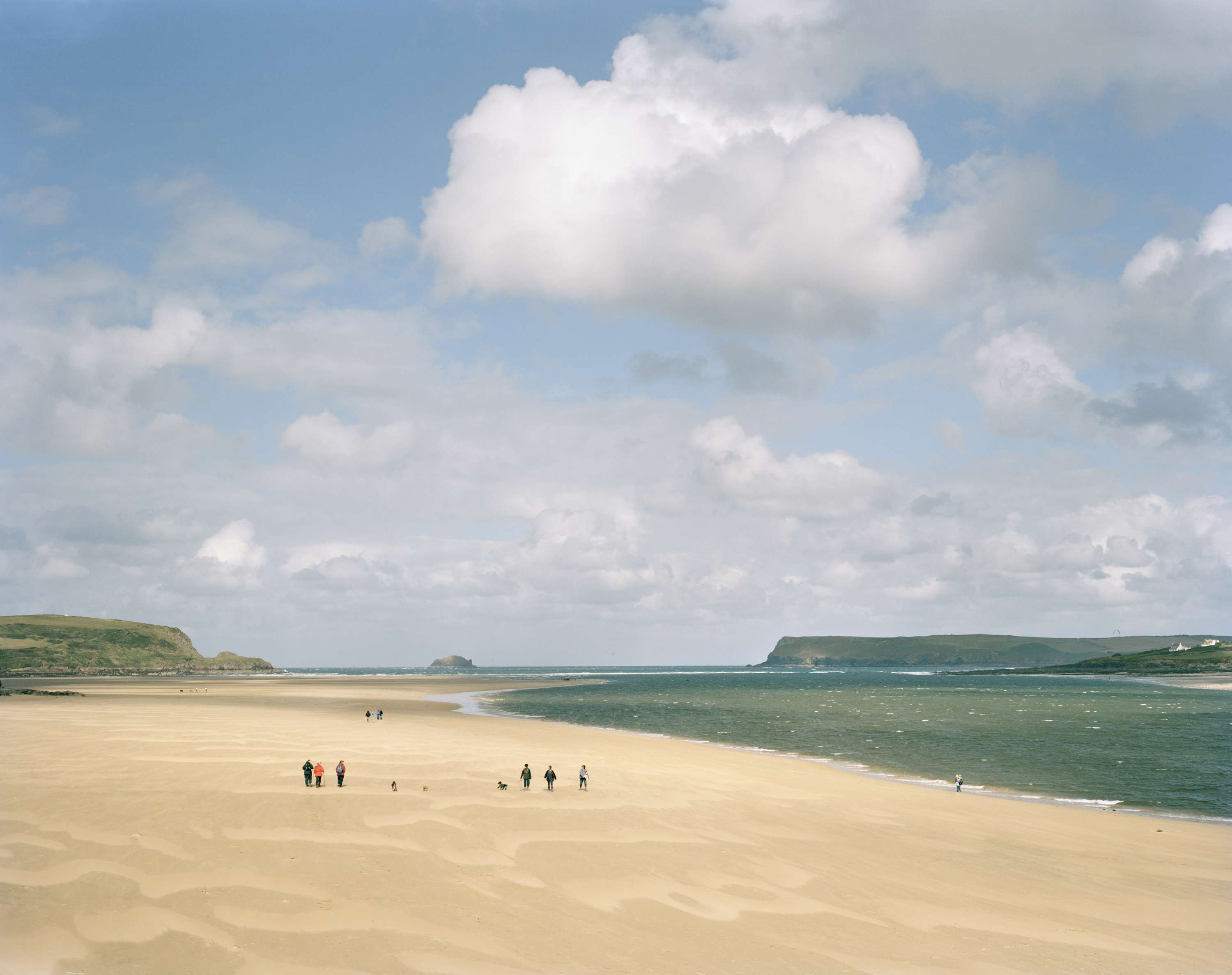
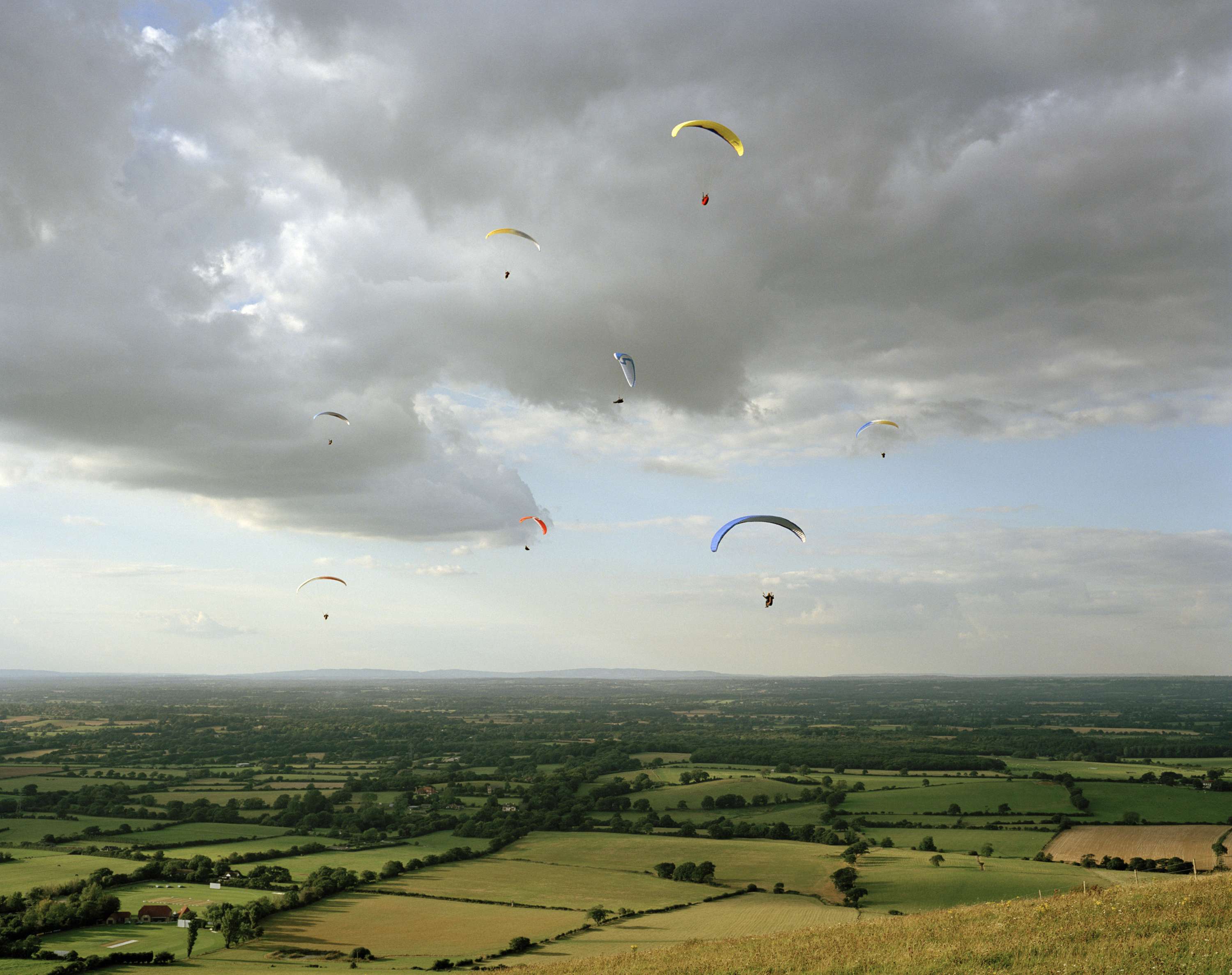

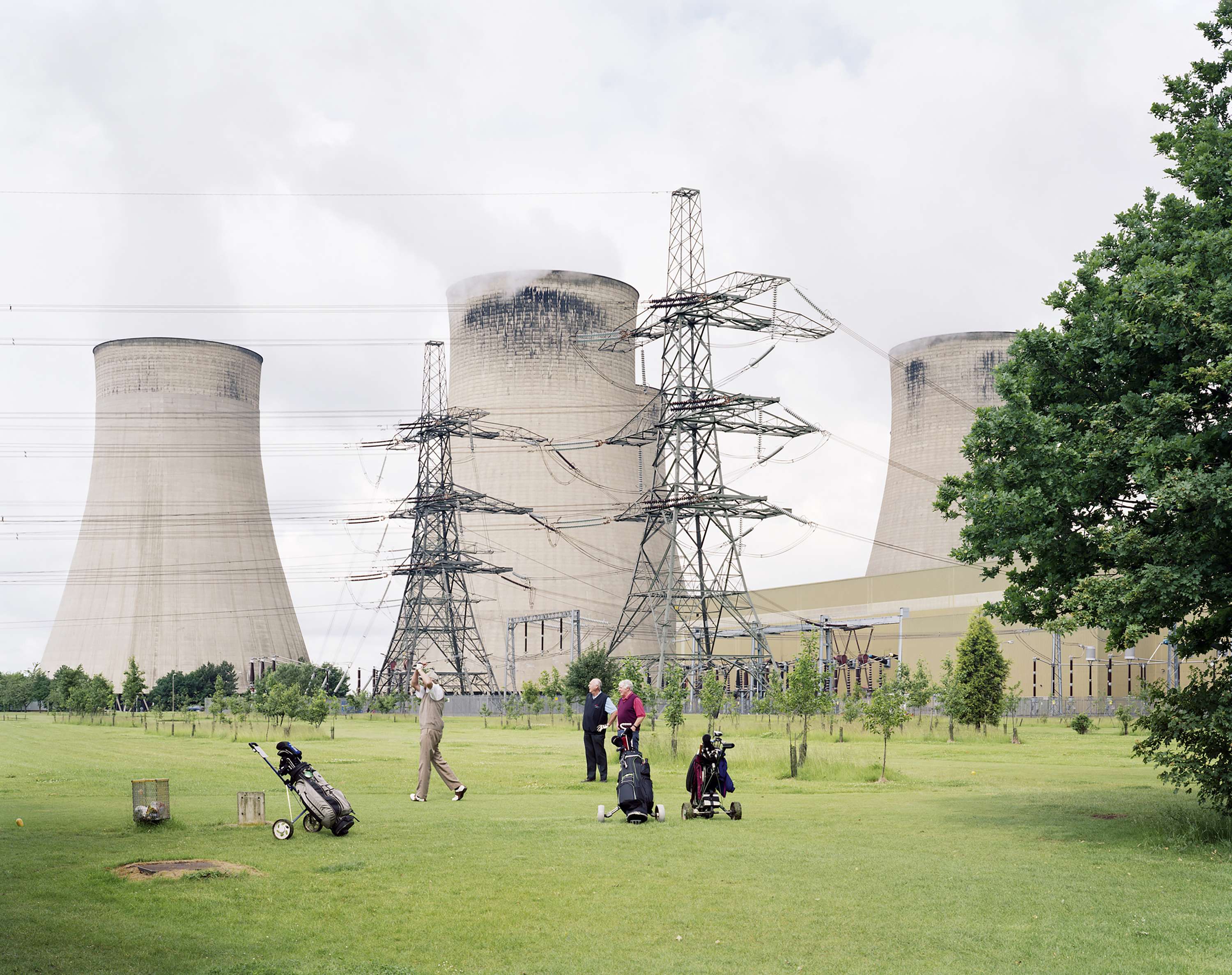
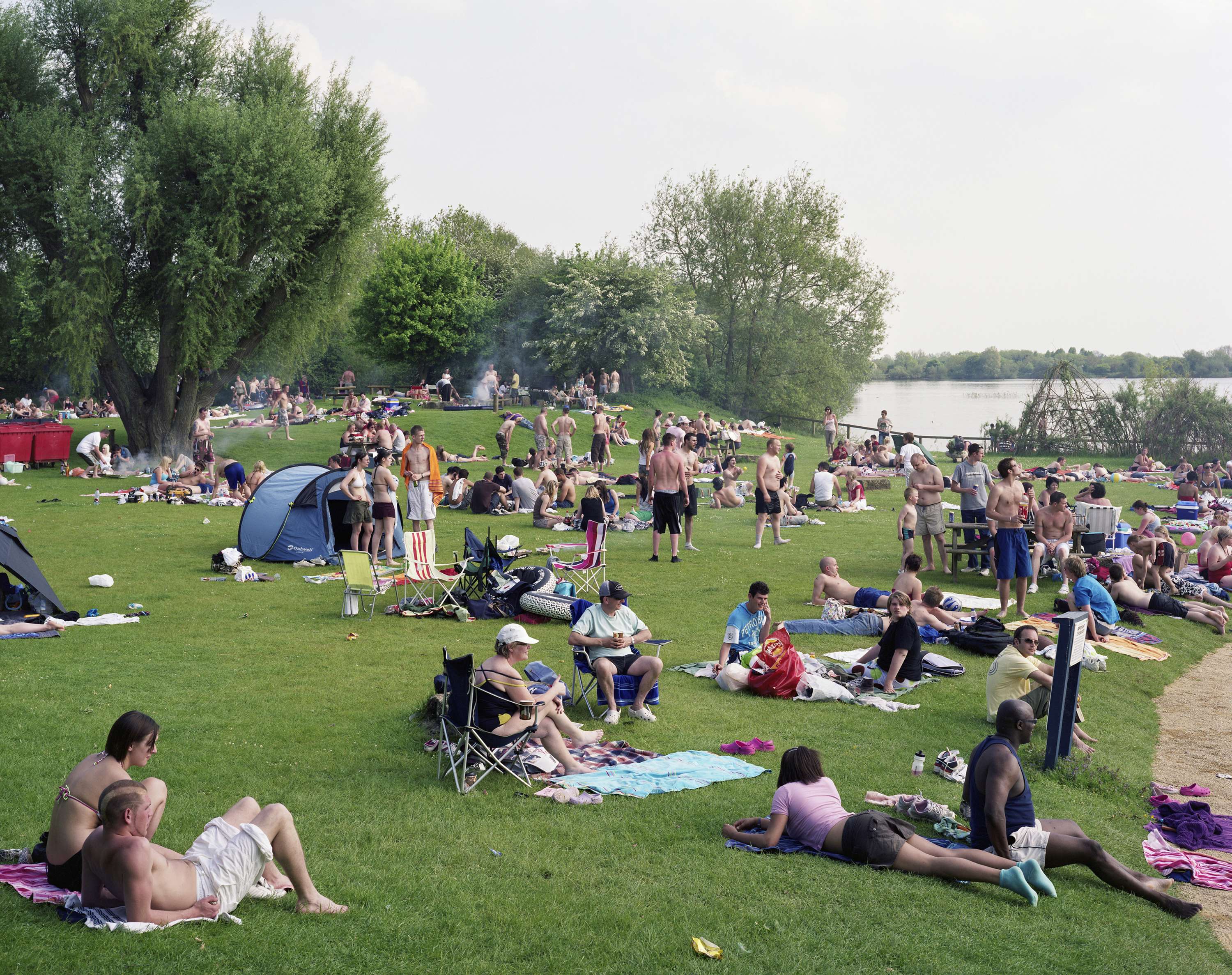
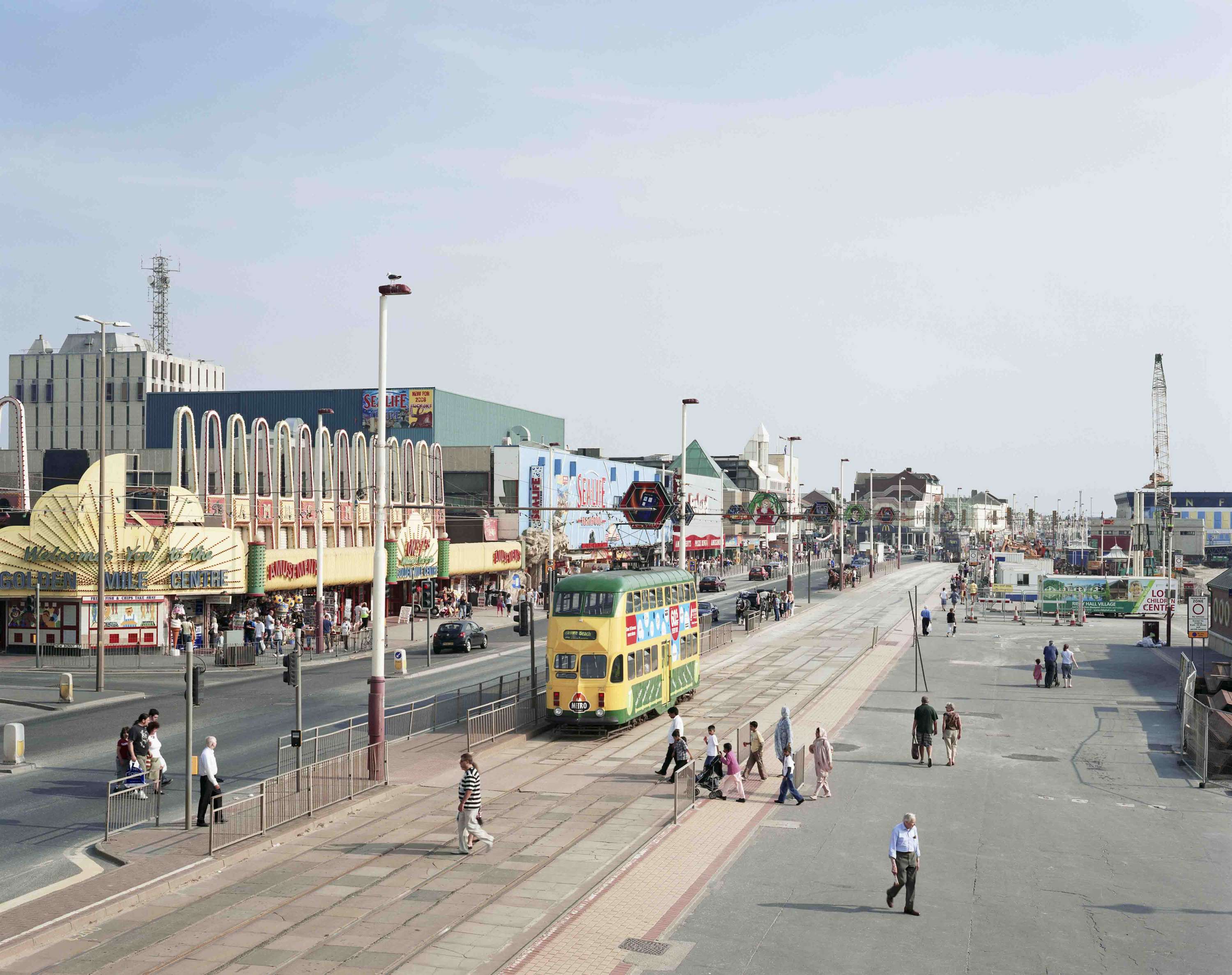
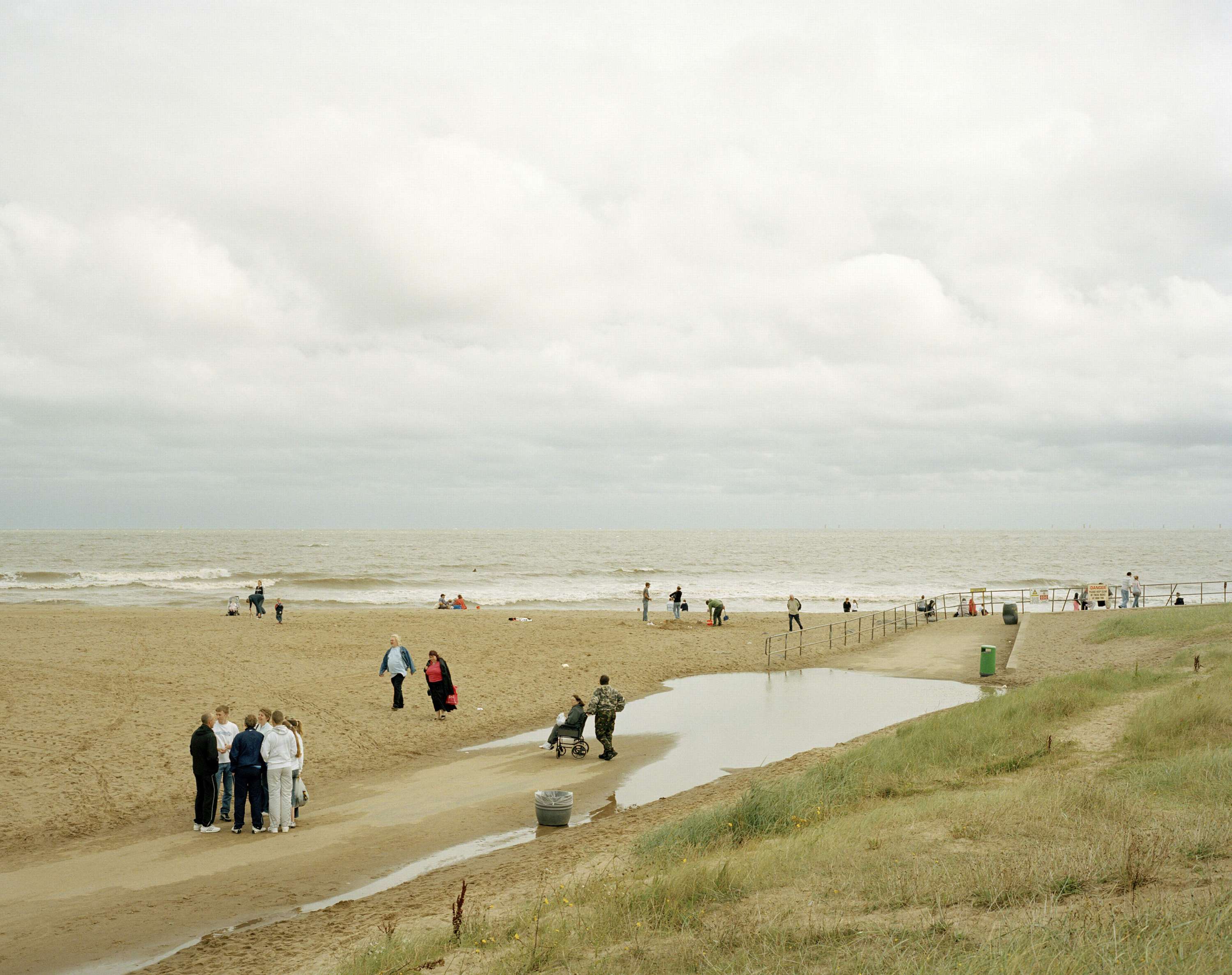
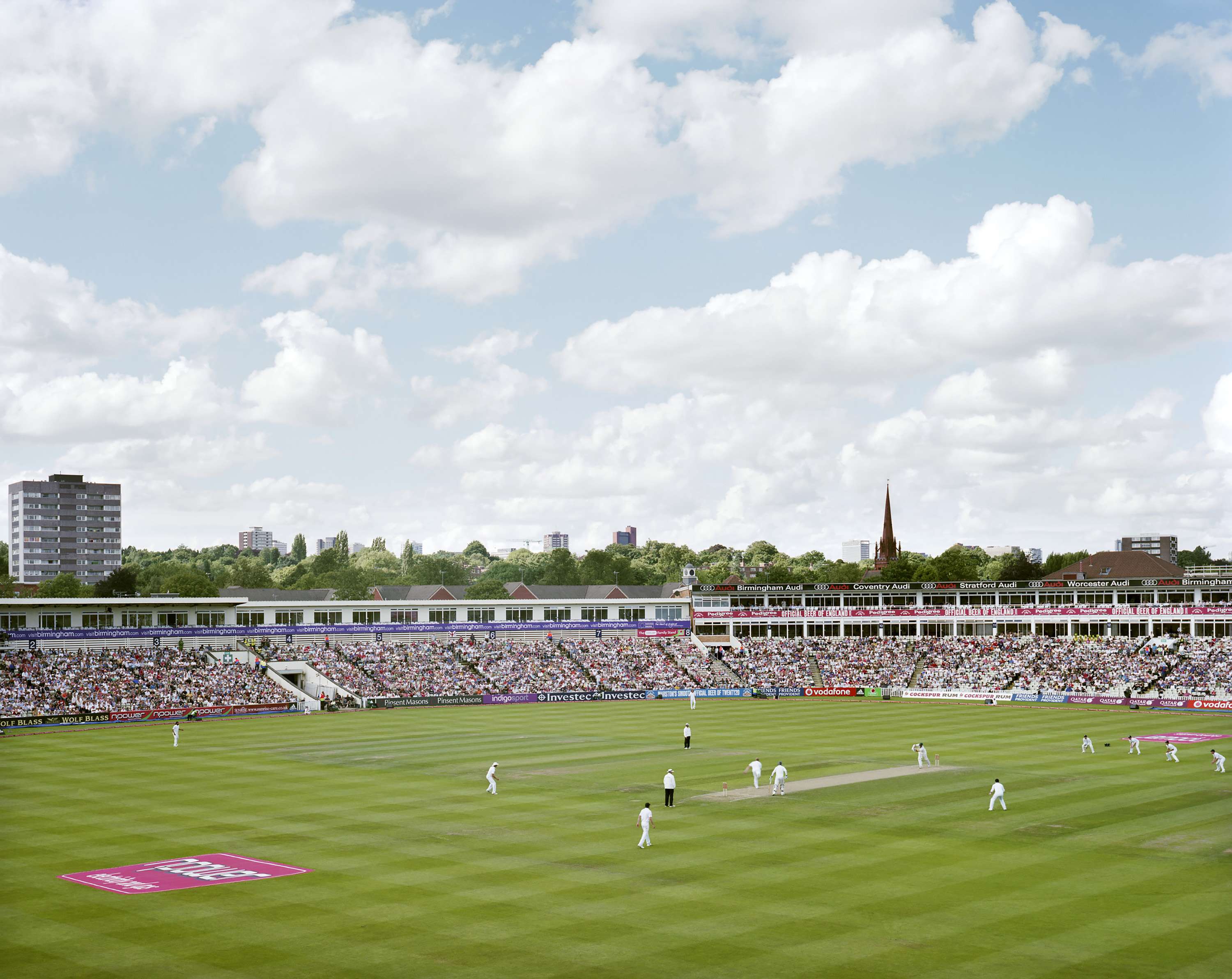
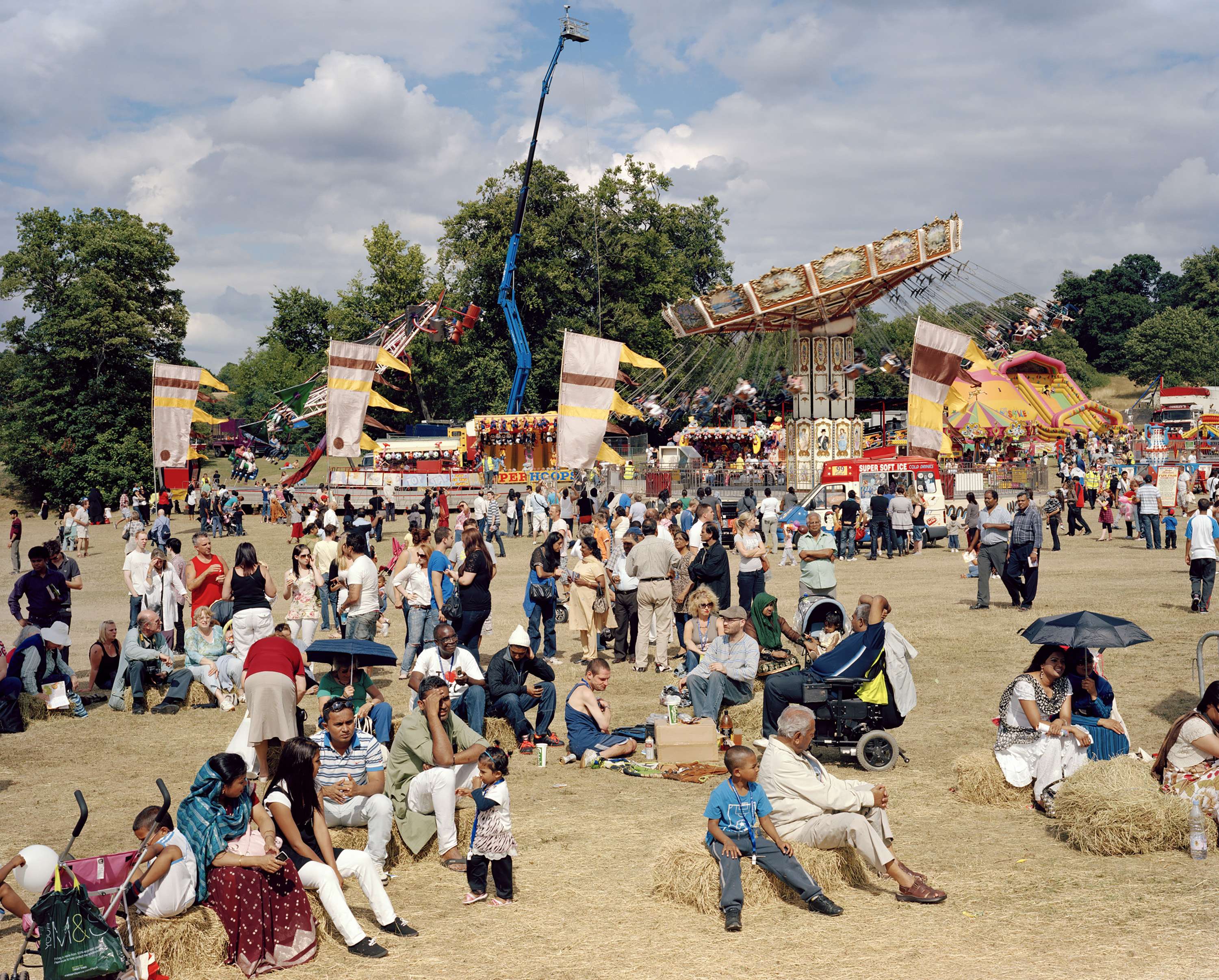
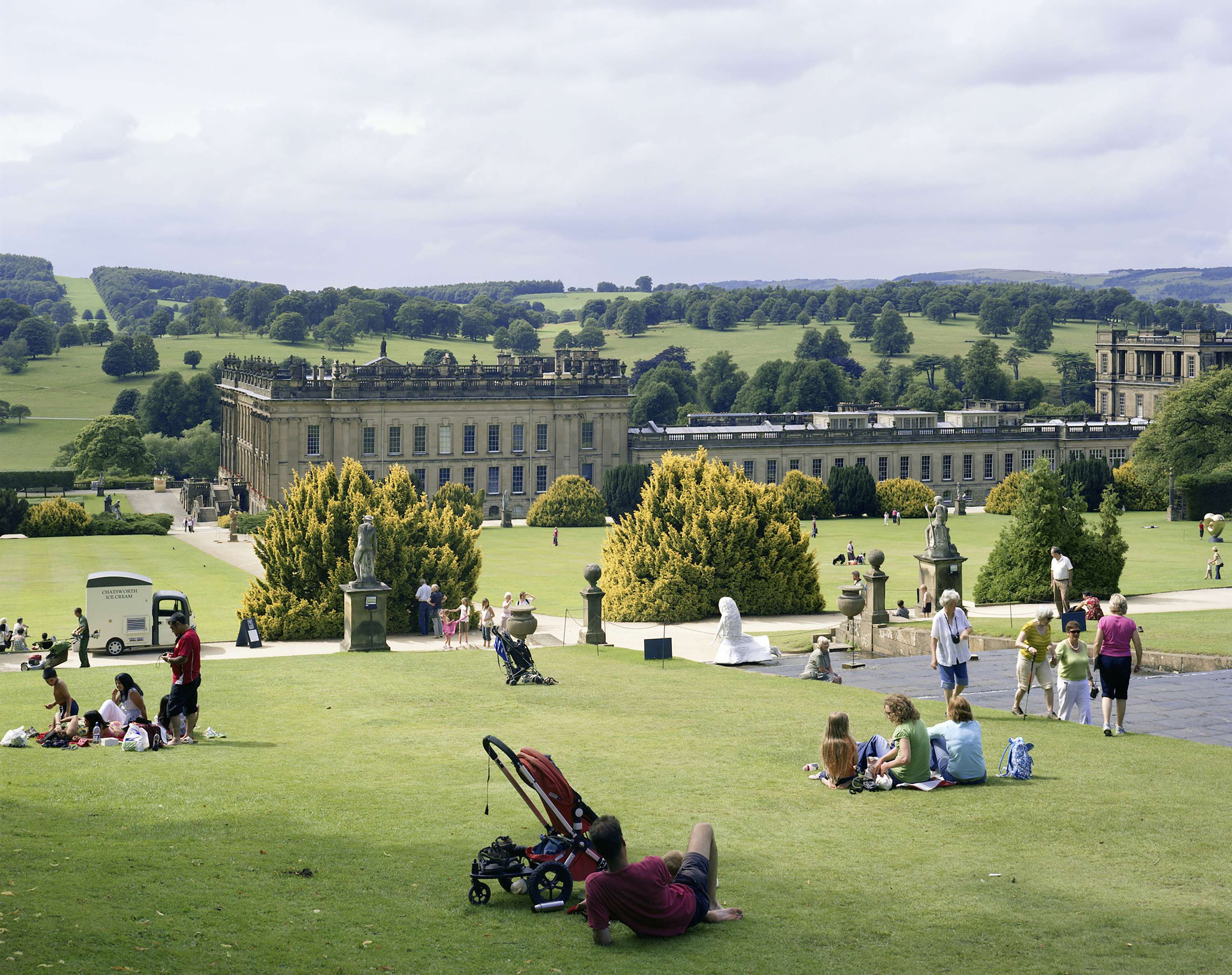
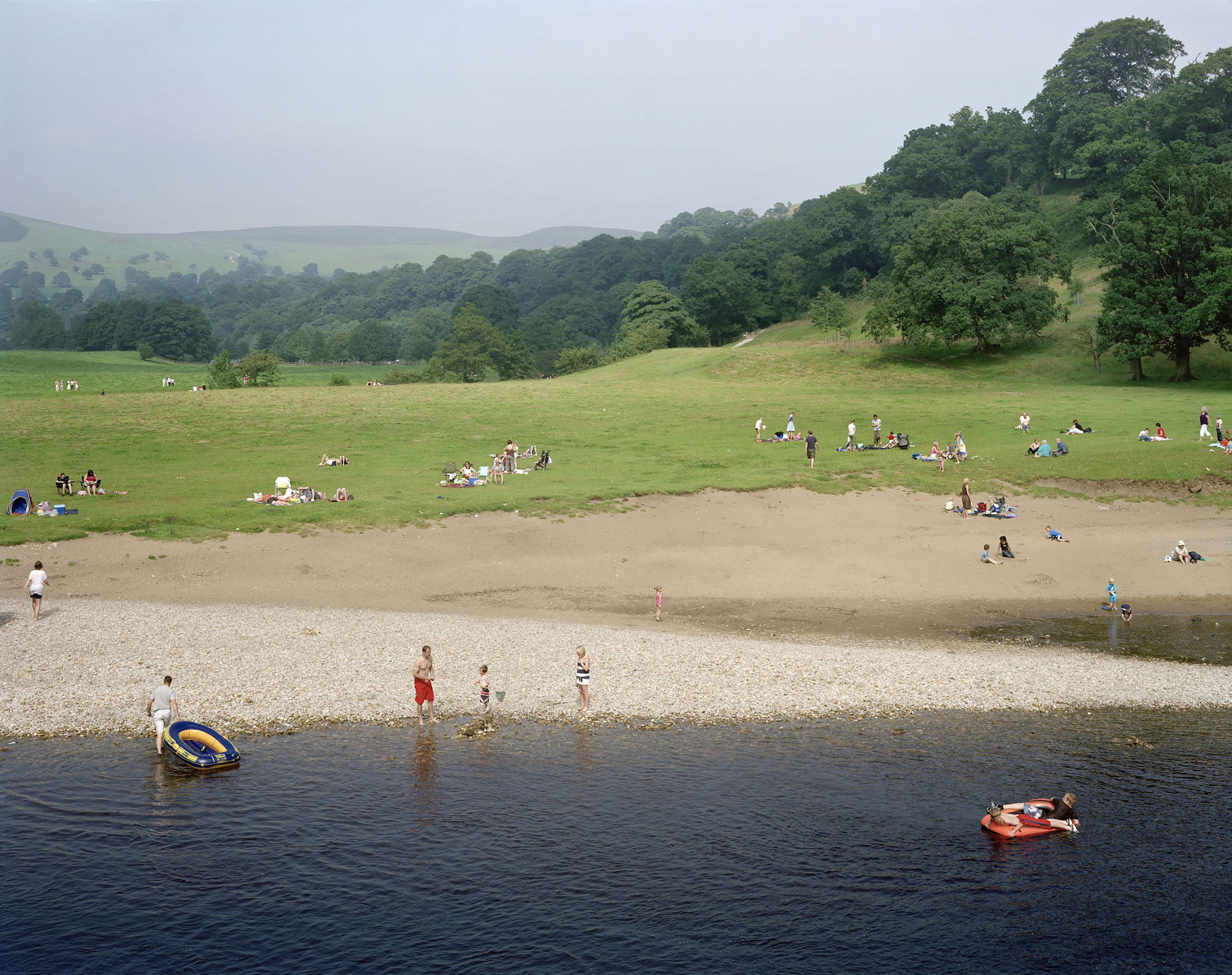
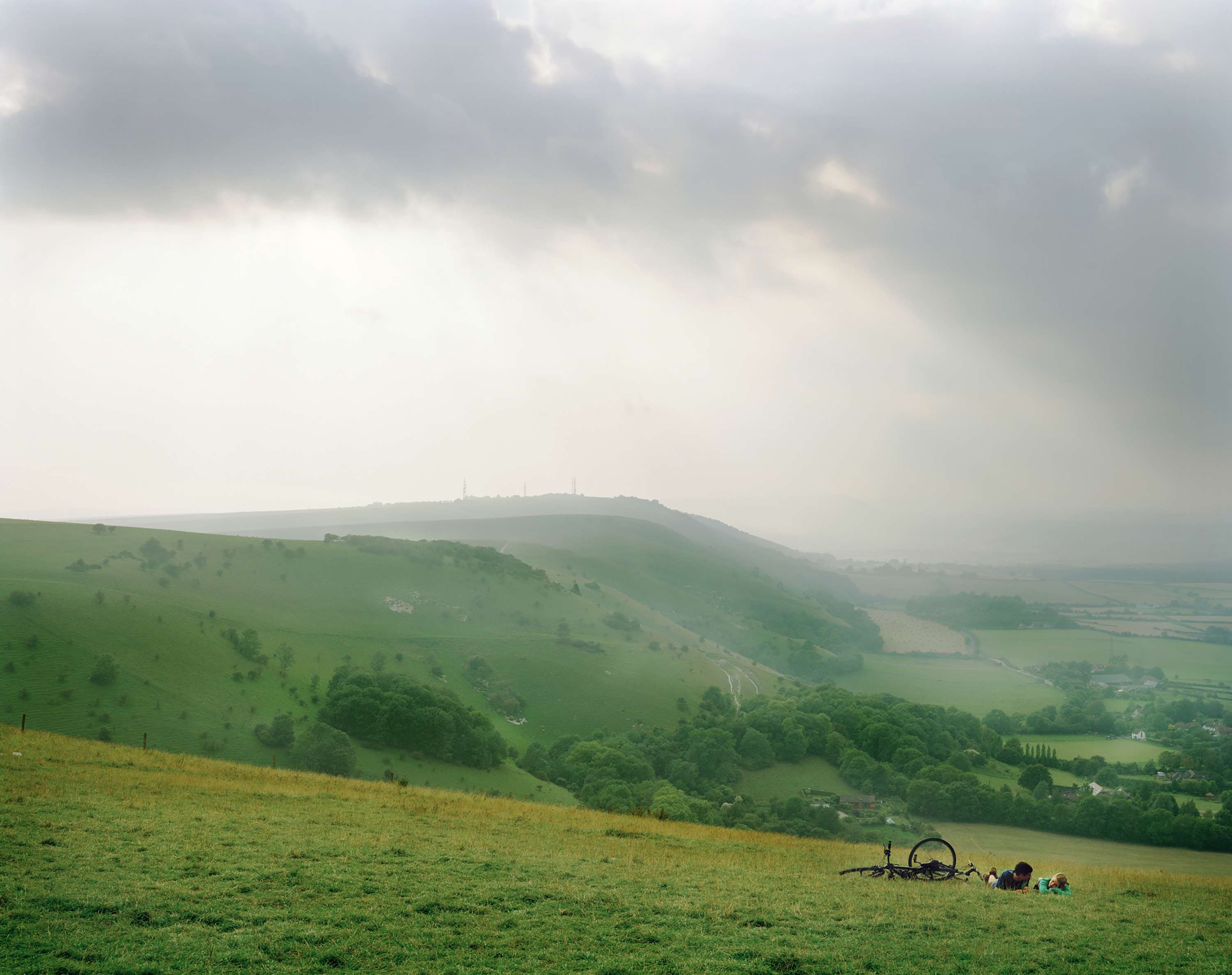
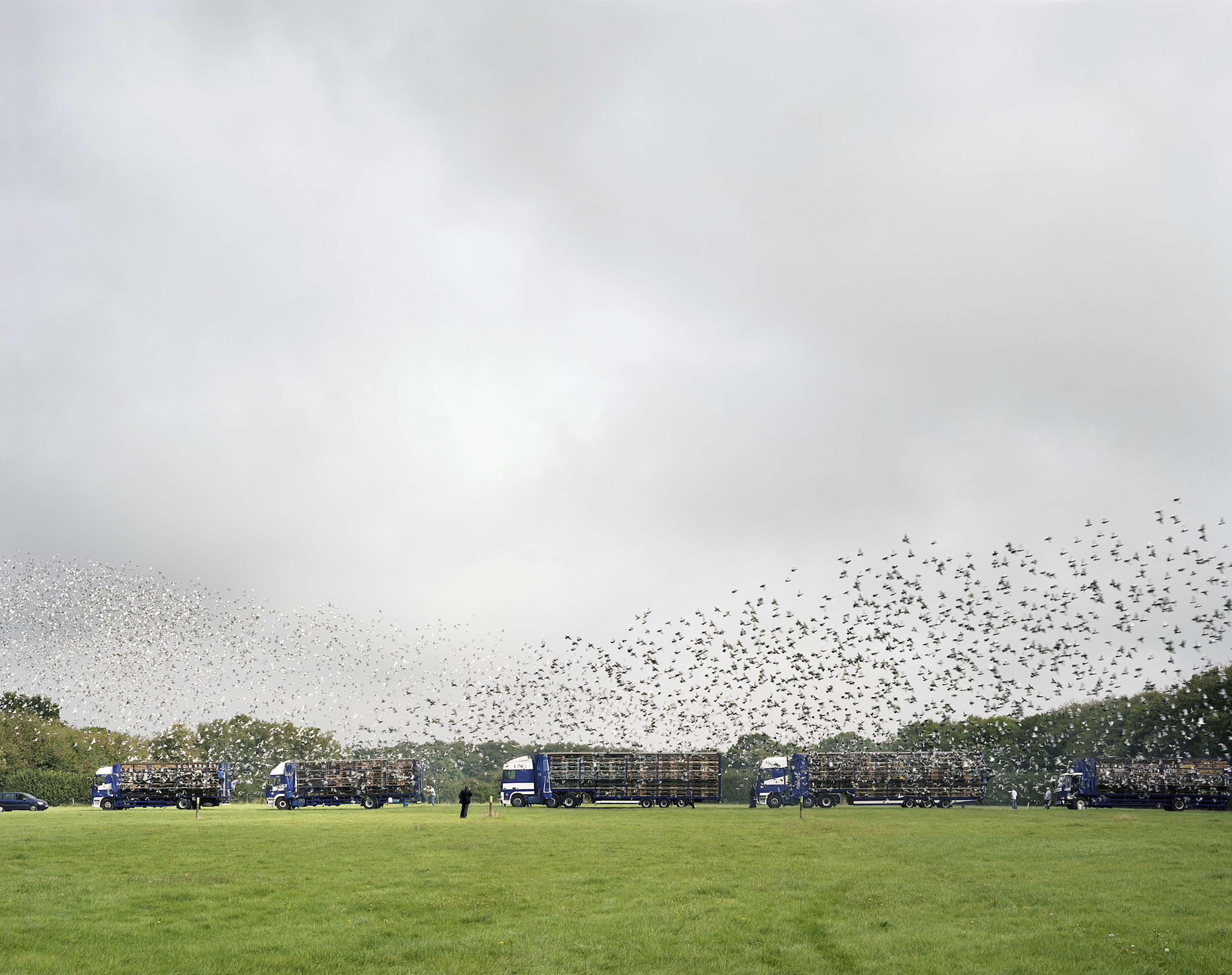
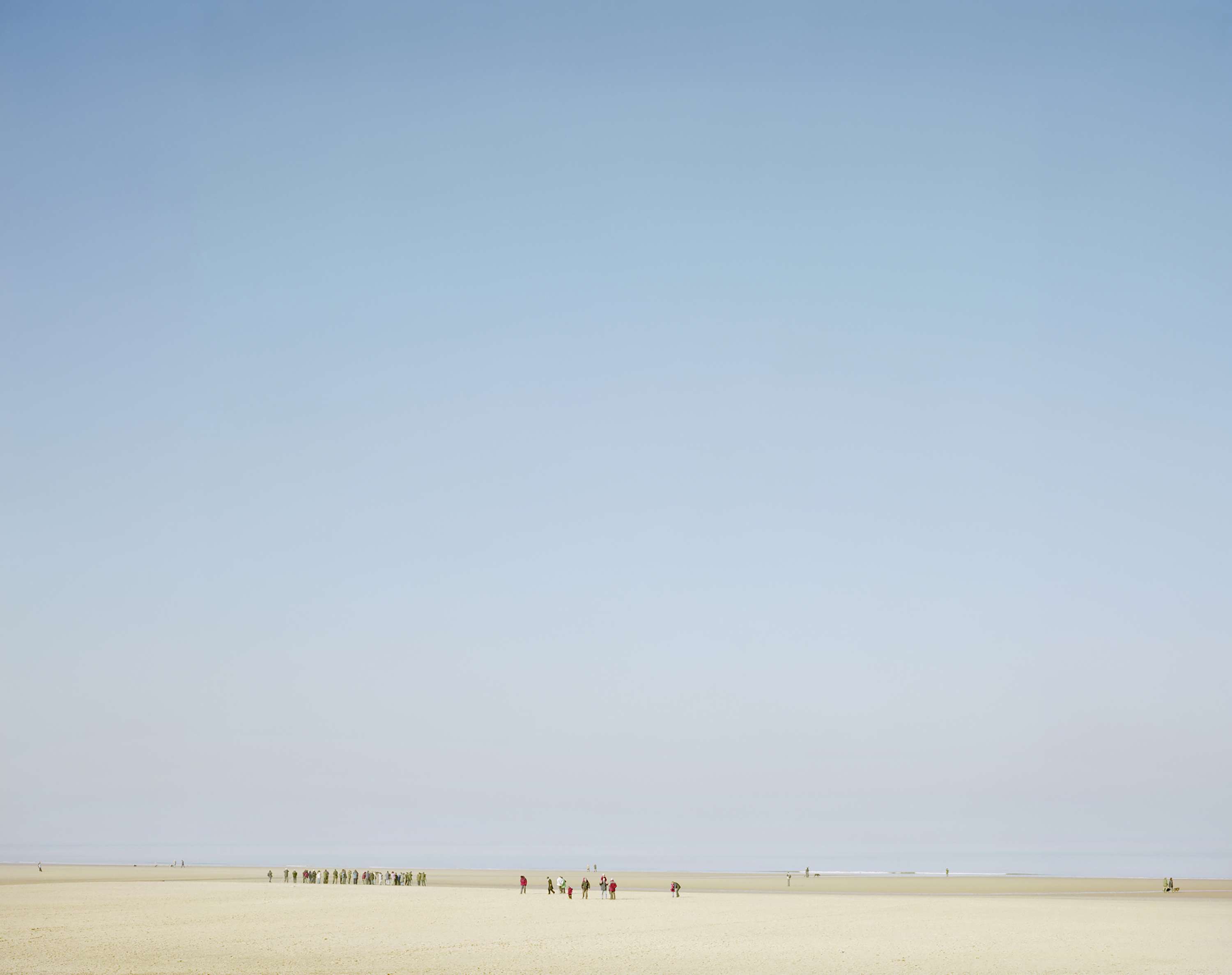
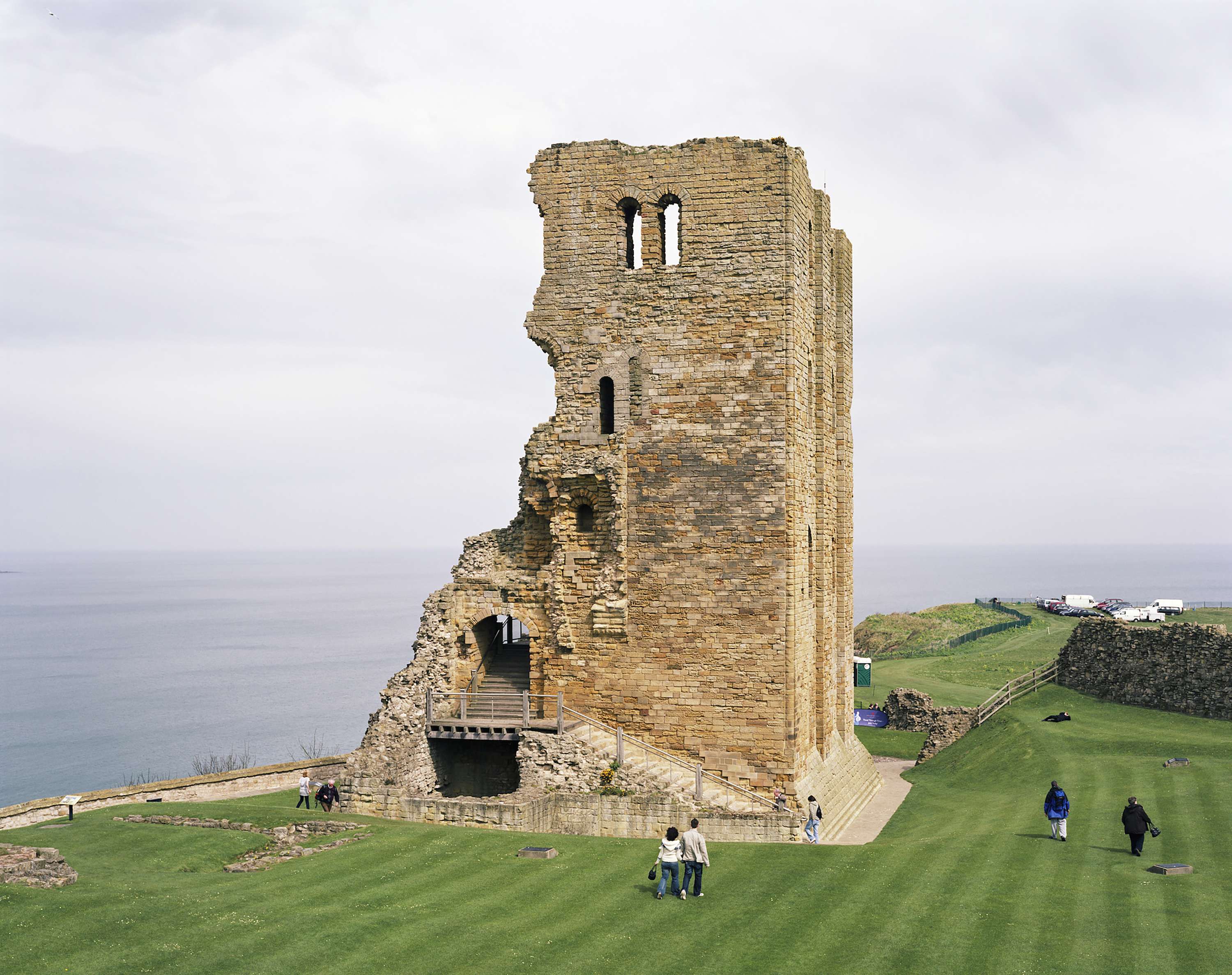
Lieu: England
Text: Karine Chambefort-Kay, We English by Simon Roberts, “Banal Nationalism” in Landscape?, 2014
Publié: Février 2020
Catégorie: Photographie
Source